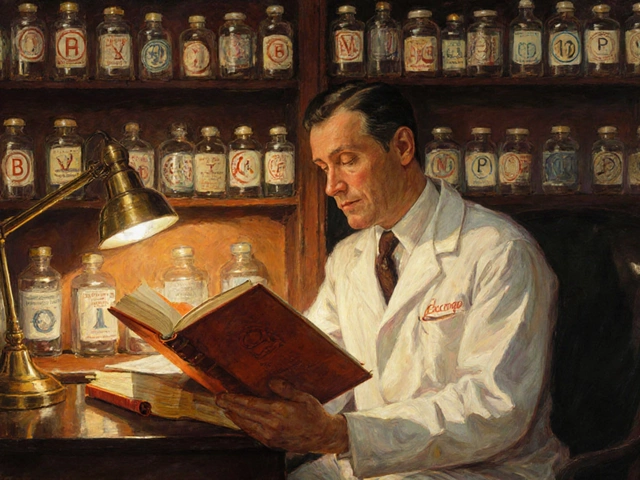Tumor Growth Explained: What Really Happens
Ever wonder why some cells go rogue and turn into a lump? Tumor growth is basically cells that ignore the body’s stop‑signals and keep multiplying. When this happens fast enough, you get a noticeable mass that can interfere with normal organ function. Understanding the basics helps you spot warning signs early and take action before things get out of hand.
Most tumors start because of DNA damage – things like smoking, UV exposure, or just the wear‑and‑tear of aging. A few inherited gene changes also raise the odds. Once the DNA goes off‑track, cells forget to die when they’re supposed to, and they start feeding themselves nonstop. That’s the core engine behind tumor growth.
Causes and Risk Factors
Not every lump is cancer, but certain habits stack the deck. Smoking adds dozens of carcinogens that directly punch holes in DNA. Heavy alcohol use, a diet low in fruits and veggies, and chronic inflammation (think ulcerative colitis or hepatitis) also tip the balance. Even a lack of sleep or chronic stress can weaken the immune system, giving rogue cells a chance to thrive.
Family history matters, too. If a close relative had breast, colon, or prostate cancer, you inherit a higher baseline risk. That doesn’t guarantee you’ll get a tumor, but it means you should be extra vigilant with screenings.
Environmental exposures are another piece of the puzzle. Think asbestos at old construction sites, radon in basements, or certain industrial chemicals. If you suspect prolonged exposure, talk to your doctor about specific tests.
Detecting and Managing Tumor Growth
Early detection is the game‑changer. Routine checks like mammograms, colonoscopies, and skin exams catch many tumors before they spread. If you notice a new lump, persistent pain, or unexplained weight loss, get it checked right away – don’t wait for it to grow bigger.
Imaging tools—ultrasound, CT, MRI, PET—show the size and location of a tumor. A biopsy then tells if it’s benign or malignant. Once the diagnosis is clear, the treatment plan usually combines surgery, radiation, and/or medication. Targeted therapies and immunotherapies are newer options that aim at the tumor’s specific weak spots, often with fewer side effects.
Besides medical treatment, lifestyle tweaks can slow growth. Regular exercise improves circulation and boosts immune surveillance. A diet rich in fiber, antioxidants, and lean protein keeps cells healthier. Staying at a healthy weight reduces hormone‑driven tumors, especially breast and endometrial cancer.
Stress management matters, too. Practices like mindfulness, yoga, or simple breathing exercises lower cortisol, which can otherwise help tumors hide from the immune system.
Finally, keep a simple monitoring routine. Note any new symptoms, keep a log of medication side effects, and schedule follow‑up scans as your doctor advises. Staying proactive lets you and your care team adjust treatment before a tumor gets out of control.
Bottom line: tumor growth isn’t a mystery reserved for scientists. It’s a chain reaction you can influence with everyday choices, regular check‑ups, and quick action on any warning signs. Stay informed, stay active, and keep the conversation open with your healthcare provider.

How Epigenetics Drives Tumor Growth and What It Means for Cancer Treatment
Explore how epigenetic mechanisms like DNA methylation and histone modification fuel tumor growth, affect prognosis, and open new therapeutic doors in cancer care.
Sep 25 2025




